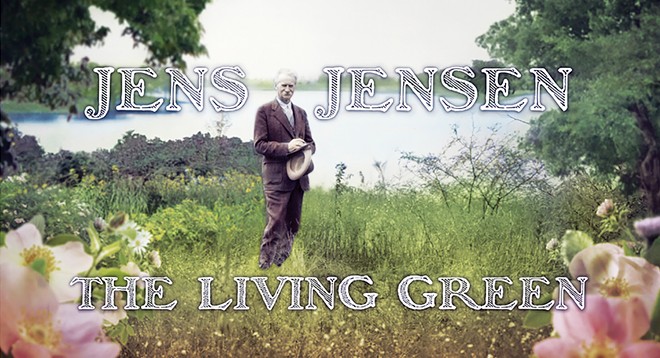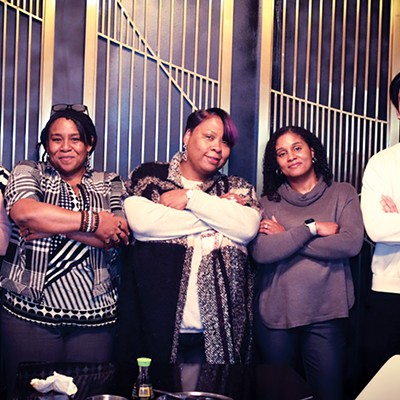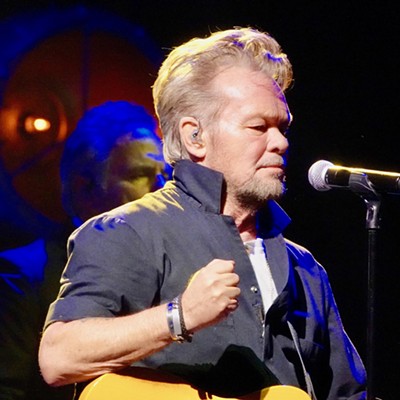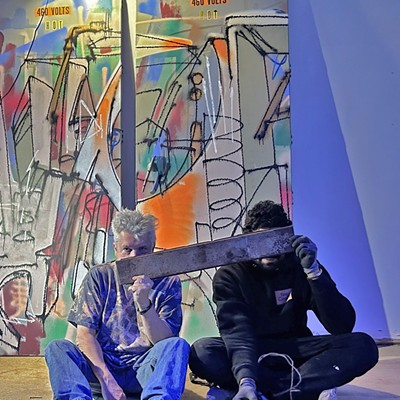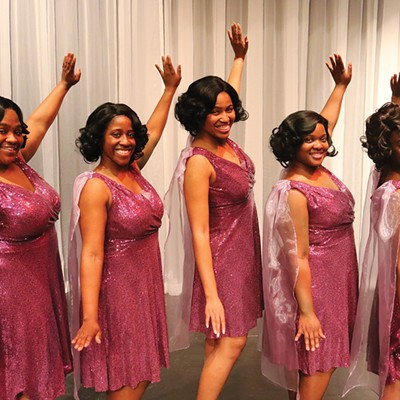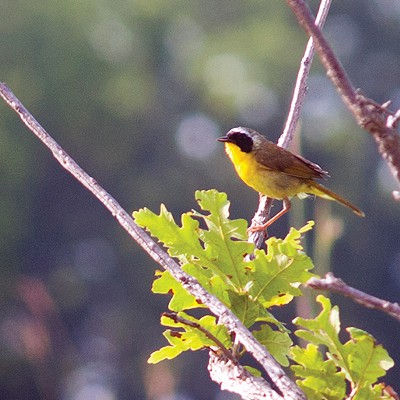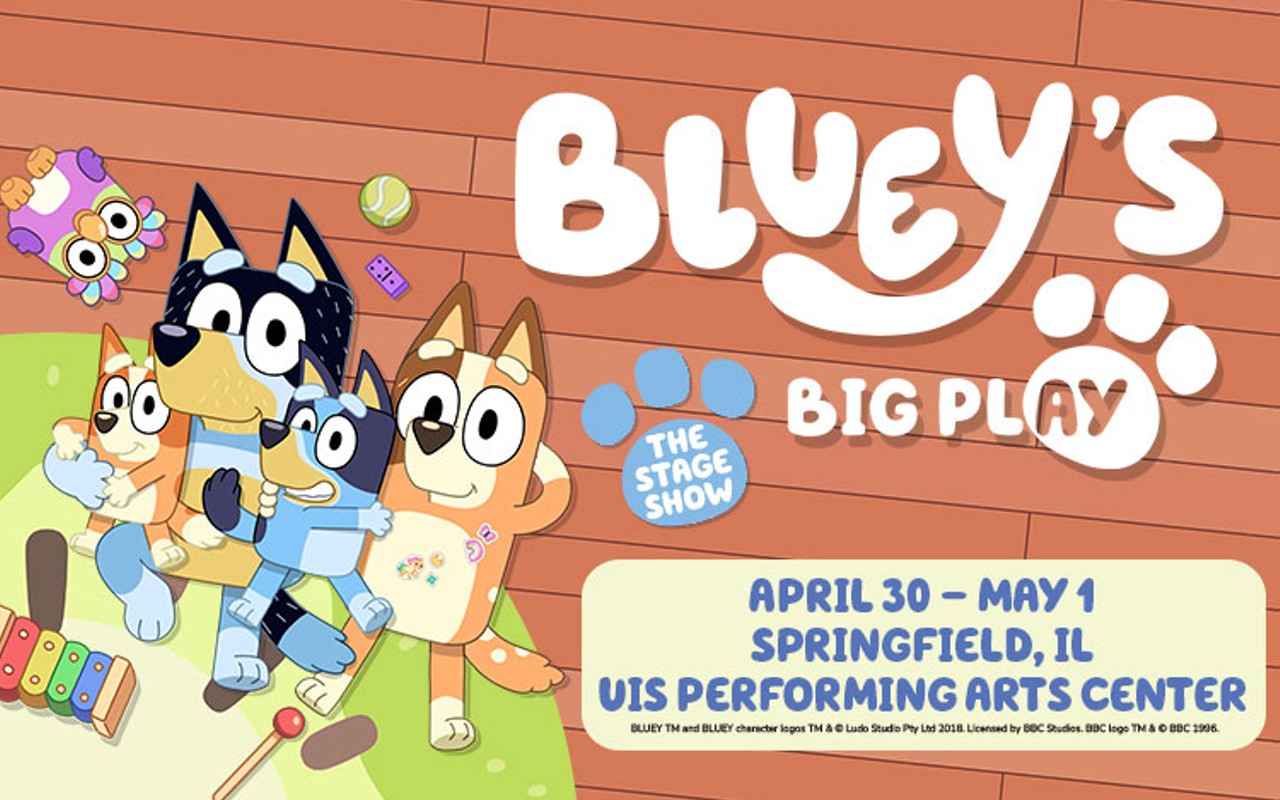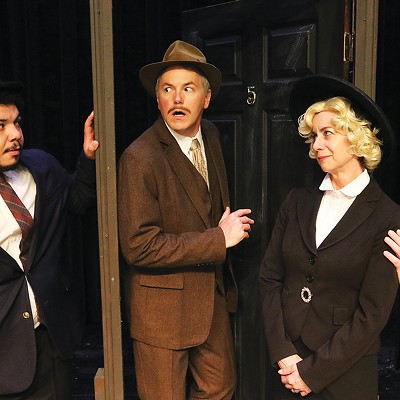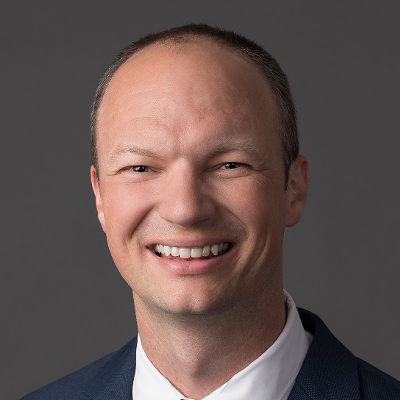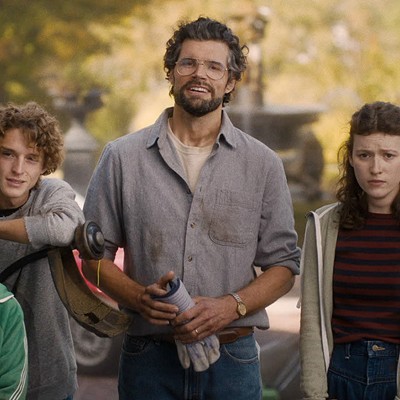The Illinois State Museum is a fitting place to gather in honor of Earth Day with its displays of human and environmental history, its stories of habitat evolution and more recent, rapid disturbances. On April 20, the museum will open its doors and auditorium to representatives of the Illinois Audubon Society, Lincoln Memorial Garden, Springfield Audubon Society, Illinois Environmental Council, Illinois Native Plant Society, The Friends of the Sangamon Valley and to interested community members for an opportunity to consider our role in the existence of green space during a special screening of the film, Jens Jensen: The Living Green.
When director and co-producer Carey Lundin chose a Danish immigrant born in 1860 as the subject of her documentary, she knew his story remained relevant to issues of today: urban conservation, species diversity, the effects of nature on physical and mental health. Her film follows Jens Jensen from his arrival in Chicago in 1885 through his upward climb from street sweeper to prominent designer of public parks and private estates. He would also become a pioneering conservationist who understood long before the field of ecology existed that native plants possess an exquisiteness that evolved in association with insects and birds and animals, with soil and geology, with climate and wind. While park administrators were focusing on exotic designs, he believed that parks and diverse habitat need not be exclusive of each other. Jensen lamented: "During these early years of study in the Chicago parks I discovered the total absence of all the romance and poetry which was true Illinois, and I asked myself why this great spiritual force had been overlooked." He would plant the first native flowers in any park in the country.
Jensen also intuited the physical and mental benefits of nature long before confirmation by scientific study. "We all need the living green or we'll shrivel up inside," he stated. Jensen had the pleasure of seeing acres of prairie still in existence west of Chicago, but so too did he witness the prairie being plowed under, rampant growth, and immigrant neighborhoods sitting alongside expanses of factories. These neighborhoods, he believed, were as deserving of green space as any other. When asked in 1917 by a Special Parks Commission to create a plan to increase the west park system, Jensen presented a design that included a park for every neighborhood and a community garden in every block. This trailblazing plan, although approved in 1919, would never be realized.
"Jensen believed people need to see the living green every single day if possible and shouldn't have to travel very far to do it," Carey Lundin states. While delving into Jensen's philosophy when creating the film, Lundin found herself influenced by ideas that remain revolutionary today and has since been involved in Jensen-inspired projects across the country. There is now a nature park for children in Chicago's underserved Little Village neighborhood, a Jensen Path in Madison, Wisconsin, and Jensen-influenced gardens in Brooklyn and the Bronx. Lundin continues to ponder how we can "inspire the next generation of conservation heroes" and will appear at the museum via Zoom to answer audience questions and discuss how we can make green space a central, accessible part of life, even when confronted by obstacles.
Jensen possessed a persistence that carried him forward, despite resistance to his ideas, despite losing his position with the Chicago park system for refusing to participate in a culture of corruption. Our state is a better place because he pressed forward, helping create the Cook County Forest Preserve District and Illinois state park system. Springfield is a better place because in the 1930s he accepted a request from Harriet Knudson of the Garden Club of Illinois to design a garden in honor of Abraham Lincoln in Springfield. The Lincoln Memorial Garden, now on the National Register of Historic Places, is a living testament to Jensen's belief in the magnificence of native habitat communities with acres of mature trees and prairie openings. In his reply to Knudson, Jensen stated: "I will give of my best and there will be no fee." He volunteered his time.
On April 20, community members can watch Jensen's story unfold and hear from people inspired by him, like Springfield landscape architect Kent Massie, who has attended several Jensen symposiums at The Clearing in Wisconsin, a school created by Jensen. They can contemplate possible paths toward expanding green space with the film's creator, Carey Lundin. And they can pause at information tables to talk with people on the local conservation frontlines about protection and restoration; about advocating, digging, planting, teaching and learning from peers and predecessors. They can consider how as individuals and as part of a team we can ensure the living green for our own community.
Jeanne Townsend Handy of Springfield is a member of the Society of Environmental Journalists. She covers people and activities associated with protecting and increasing species diversity.
FREE EVENT: Illinois State Museum, 5-8p.m., April 20.
5 p.m. - Social hour with food truck, cash bar and information tables
6:30 - Welcome by Kent Massie, landscape architect, and screening of Jens Jensen, The Living Green.
7:30 - Q&A with Carey Lundin

